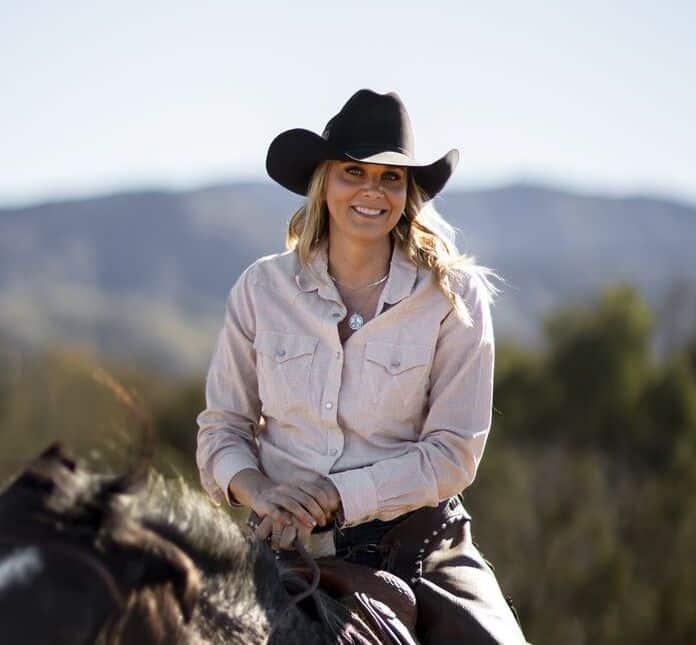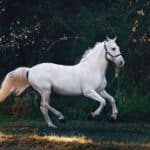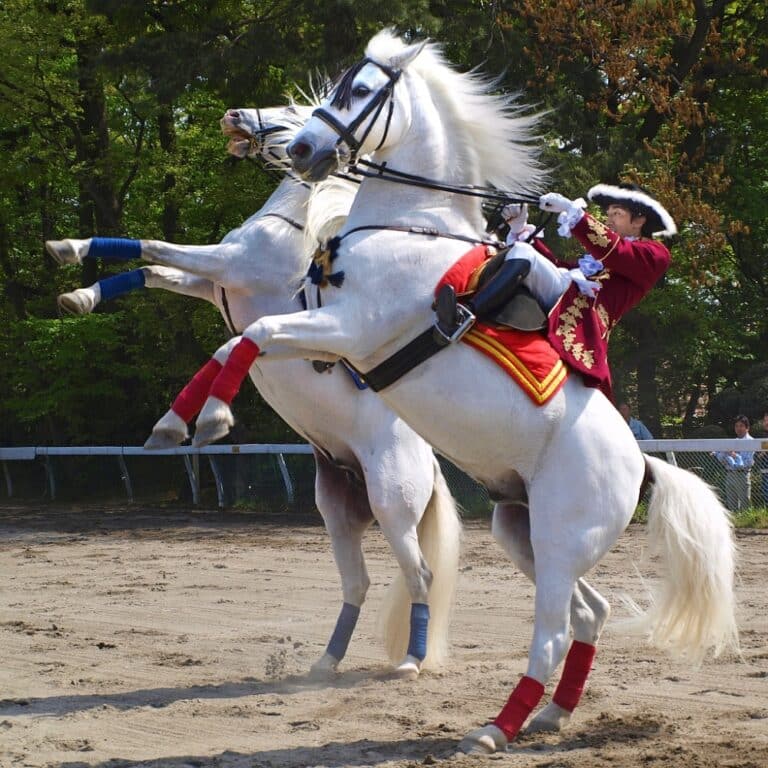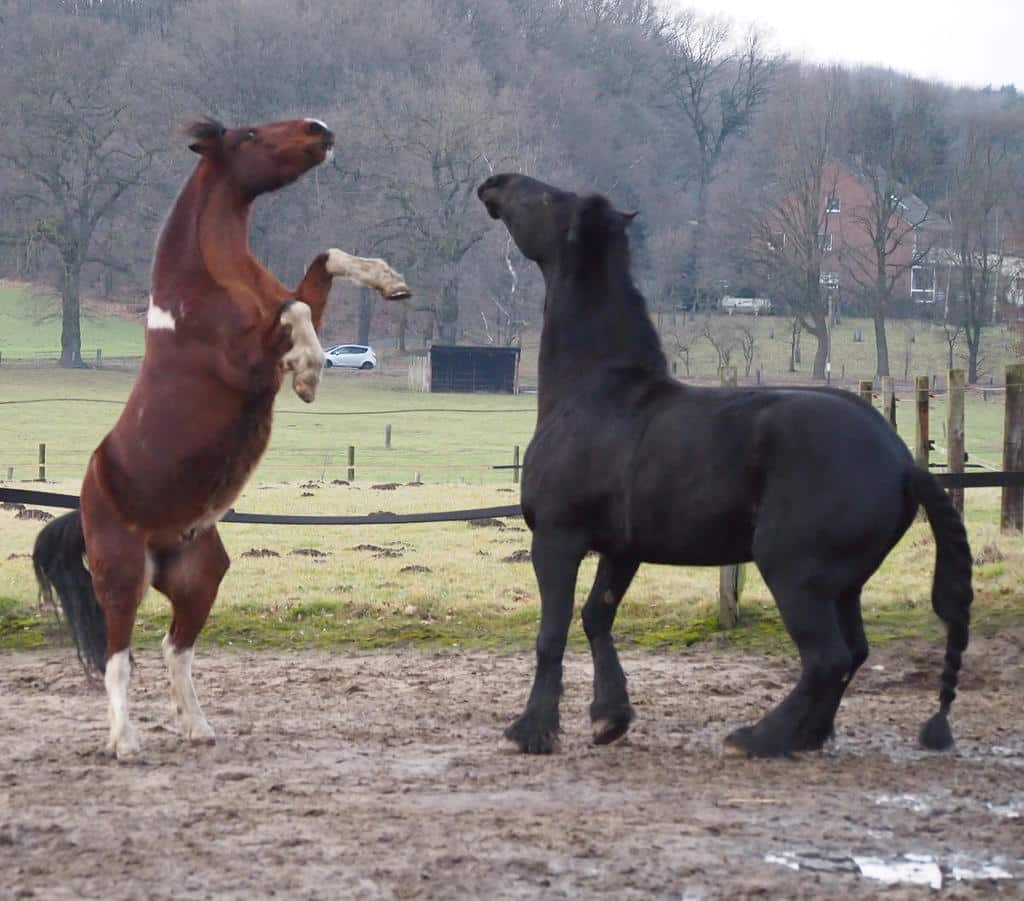
When you venture into the world of horses, you’ll encounter a myriad of terms that, at first glance, may seem somewhat puzzling. One such pair of terms is “stallion” and “gelding.” If you’re scratching your head wondering, “what is a gelding horse?” or “what is a stallion horse?”, you’re not alone. These terms refer to male horses, but there is a significant difference between the two.
In this comprehensive guide, we’ll delve into the differences between a stallion and a gelding, their characteristics, and why one might be a better fit for you than the other. So, whether you’re a first-time horse owner or a seasoned equestrian, this guide is sure to provide some valuable insights.
What is a Stallion Horse?
So, what is a stallion? Simply put, a stallion is a male horse that has not been castrated, meaning it retains its reproductive organs and, therefore, its ability to breed. The term ‘stallion’ is typically used for horses that are at least four years old.
Characteristics of a Stallion
Stallions are known for their strength, stamina, and competitiveness. They are often more muscular than geldings and have distinctive physical characteristics such as a thicker neck and a more robust overall appearance.
Stallions are also known for their aggressive and dominant behavior, which is driven by their breeding instincts. These behaviors can make stallions more challenging to handle and manage, particularly for inexperienced equestrians. Therefore, owning a stallion requires a certain level of experience and knowledge, along with a consistent approach to setting boundaries.
Use of Stallions
Stallions are typically kept for breeding purposes due to their ability to sire offspring. The choice of stallions for breeding is usually based on their performance record, desirable traits, and genetic lineage.
In some competitive equestrian events, there are separate classes or divisions exclusively for stallions. These specialized categories allow a stallion to showcase its appearance, athleticism, and breeding potential.
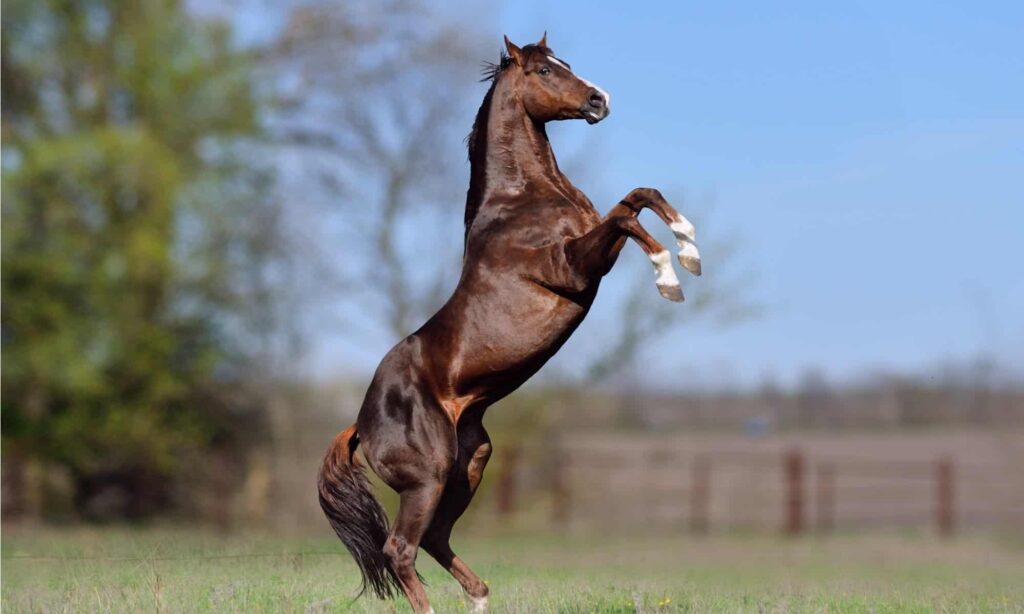
What is a Gelding Horse?
Now that we’ve covered stallions, let’s tackle the question, “what’s a gelding horse?” A gelding horse is a male horse that has been castrated, meaning its testicles have been surgically removed. This procedure eliminates the horse’s ability to reproduce and often results in a change in its behavior.
Characteristics of a Gelding Horse
The process of castration affects a horse’s behavior due to the reduction of testosterone. As a result, geldings often display calmer and more consistent behavior compared to stallions. Their physical appearance may also be less muscular and more similar to a mare, a female horse.
Geldings are typically easier to handle and train due to their calmer temperament. This makes them excellent choices for riders of varying experience levels, from beginners to seasoned equestrians.
Use of Geldings
Geldings are frequently used as riding and working horses. Due to their more stable temperament, they are often easier to integrate into a herd and can form stable relationships with other horses.
In competitive events, geldings typically participate in classes alongside mares and other geldings. However, they are not allowed to compete in stallion-specific divisions or evaluated for their breeding potential since they are incapable of breeding.
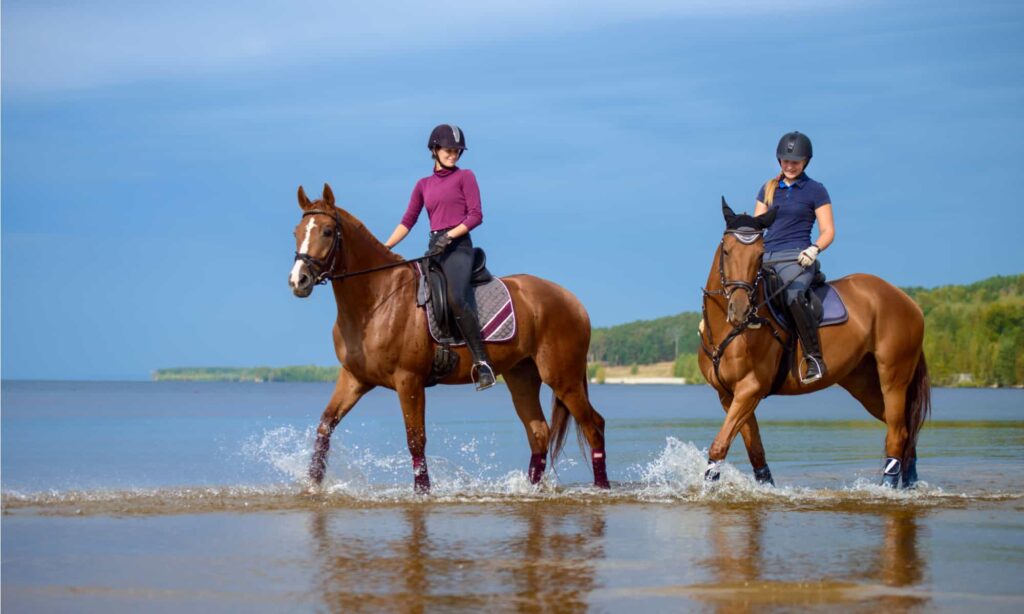
Comparison Between Stallion and Gelding Horses
When comparing a stallion to a gelding, there are several key differences to consider. Here’s a comprehensive comparison of the two:
| Aspect | Stallion | Gelding |
|---|---|---|
| Reproductive Ability | Can breed and sire offspring | Cannot breed |
| Physical Characteristics | More muscular, thicker neck, robust appearance | Less muscular, more akin to a mare’s physique |
| Behavior | Aggressive, dominant, territorial | Calmer, more consistent, less distracted by mating instincts |
| Ease of Handling | Requires experience and firm guidance | Easier to handle and train, suitable for various experience levels |
| Use in Competitions | Competes in specialized stallion categories | Competes alongside mares and other geldings, not assessed for breeding potential |
How Is The Gelding Process Done?
The process of gelding a horse involves the surgical removal of the horse’s testicles. This is performed by a qualified veterinarian and can be done through two main methods: standing castration and recumbent castration.
Standing Castration
In a standing castration, the horse is sedated but remains upright during the procedure. Local anesthesia is injected into both testes and then each testicle is removed through an incision in the scrotum. The spermatic cord is crushed with ligatures or emasculators to prevent hemorrhage before being severed.
Recumbent Castration
In a recumbent castration, the horse is put under general anesthesia and laid down for the procedure. This method is often preferred as it provides more control and minimizes the risk of the horse reacting during the operation.
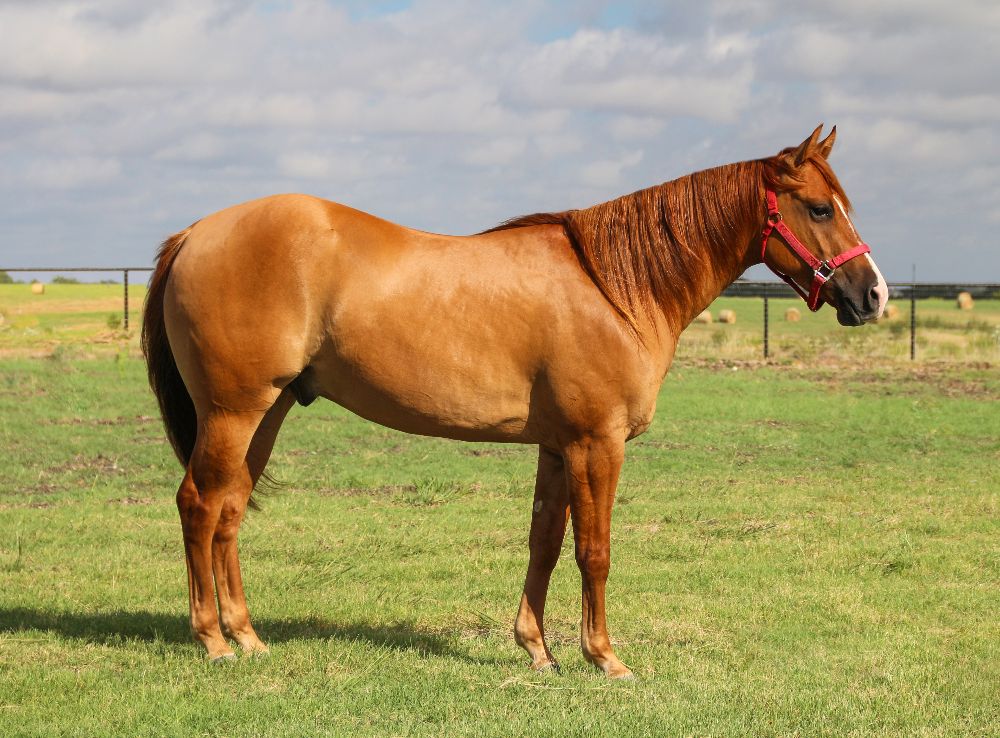
Frequently Asked Questions
Can a gelded horse still breed?
No, a gelded horse is incapable of breeding. The process of castration permanently removes the horse’s ability to reproduce.
Is a gelding horse a boy or girl?
A gelding is a male horse that has been castrated.
Is a stallion a male horse?
Yes, a stallion is a male horse that has not been castrated and can breed.
What makes a horse a stallion?
A horse is considered a stallion if it is a male horse that has not been castrated and is typically at least four years old.
Final Thoughts Stallion vs Gelding Horses
In conclusion, the key differences between a stallion and a gelding lie in their reproductive ability, behavior, and physical characteristics. Choosing between owning a stallion or a gelding depends on various factors such as your level of experience, purpose (breeding, competition, riding), and personal preference. While a stallion’s strength and potential for breeding can be appealing, the gelding’s calmer temperament and ease of handling make it a popular choice for many equestrians.
Whether you’re considering a stallion or a gelding, it’s essential to remember that every horse is unique with its own personality traits. Therefore, it’s crucial to spend time with the horse, understand its behavior, and consult with experienced horse owners or professionals before making a decision.

